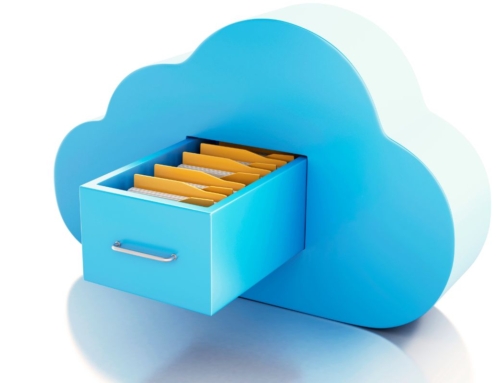As the pandemic enters into a “new normal” phase and the CDC says more than 90% of Americans are safe to remove their masks indoors, workers are being called back into the office. While Return to Work policies vary widely from office first to remote first, the majority of organizations are offering a hybrid approach.
Hybrid work is here to stay. Last month, Microsoft published its annual Work Trend Index for 2022. In a study of 31,000 people in 31 countries, 53% of respondents indicated they are likely to consider transitioning to remote or hybrid work over the next year. Roughly 30% said they’d consider switching jobs if they can work remotely and that number increases for Gen Z (44%) and Millennials (38%) – the future of our workforce. The challenge for most organizations isn’t whether or not to offer hybrid or remote options, but how to do it successfully.
Five trends identified in the study as urgent for business leaders are as follows:
- Employees have a new “worth it” equation
- Mangers feel wedged between leadership and employee expectations
- Leaders need to make the office worth the commute
- Flexible doesn’t mean “always-on”
- Rebuilding social capital looks different in a hybrid world
Number 4 on the list hits home – Flexible doesn’t mean always on. From a technology enablement perspective, Microsoft Teams has been a lifeline for many organizations over the past 2 years. Our Workplace Collaboration services – helping organizations with their Microsoft Teams strategy, structure, governance, and user adoption – have consistently been in demand throughout the pandemic. At Compass365, we “see” each other, and our customers, way more often than we did in the past, even though it is via Teams meetings and not in person. Teams is also our go-to for project collaboration with customers and internally. We rely on it daily, but like many organizations, our staff is at risk of burnout from digital overload with the constant need to be on. Microsoft’s statistics on Teams usage show an increase in weekly meeting time of a whopping 252% since Feb 2020, and Teams usage after hours and weekends has also risen. Alarming statistics, yet not surprising. Chances are, you are also experiencing this in your own organization.
As we mature from a “remote because we have to” work culture to longer-term flexible, hybrid, and remote scenarios, a key challenge for business and IT leaders will be to continue to enable their employees with tools to collaborate and work efficiently from anywhere but also to establish realistic expectations and systems that support and respect their well-being.
Preventing digital overload with Microsoft Teams
Two great ways to prevent being “always-on” with Microsoft Teams are to manage your notifications and use your status to share your availability. Customizing your notifications lets you choose when, how, and where you’ll receive notifications on Teams desktop and mobile. The mobile app also allows you to turn on Quite Hours so you can unplug evenings and weekends. Changing your status is an easy way to let your team know if you need to focus or if you are unable to respond immediately giving you some breathing room.
Looking to streamline Workplace Collaboration to support hybrid work?
If you are seeking expertise to help you begin, improve or expand your Microsoft 365 collaboration journey, reach out to me at cashbaugh@compass365.com to arrange for a complimentary consultation.
Compass365, a Microsoft Gold Partner, delivers SharePoint, Microsoft Teams, and Power Platform solutions that help IT and Business leaders improve the way their organizations operate and how their employees work.









